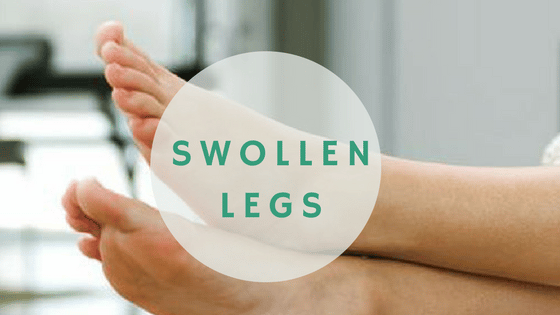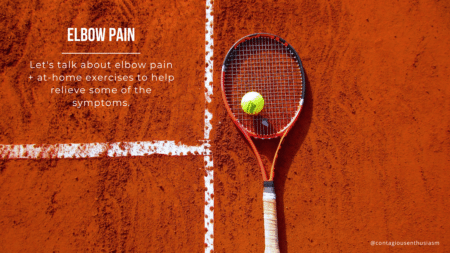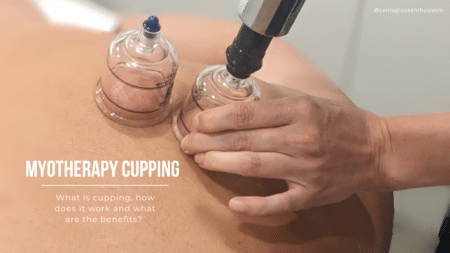Swollen Legs

If you look down and can no longer see your ankles then maybe it’s time you consider seeing a Medical or allied health professional?
Swollen legs are a very common and frustrating issue in the lower limbs and is often more prevalent in the summer periods.
Arteries carry blood from the heart out to the rest of the body. Veins carry blood back to the heart and are responsible for removing fluid.
Veins have a tough gig as they must go against gravity. This is done by the muscles in the legs when walking, which squeeze the deep veins pushing blood back up to the heart.
The one way valves in the veins keep blood flowing in the right direction. When the leg muscles relax, the valves inside the veins close. This prevents blood from flowing back down the legs.
What causes Swollen Legs?
Venous insufficiency, which is a condition that occurs when the veins have trouble sending the blood back to the heart causing blood to pool in the legs.
This can be caused by sitting or standing for long periods of time as it does not work the muscles in the legs that help to pump the blood in the veins.
Veins are usually able to withstand short periods of increased pressures from standing or sitting. However, long durations in susceptible individuals can stretch vein walls, causing damage.
The build up of pressure from the blood pooling in the veins, causes the lymphatic system to compensate for this by producing fluid. The tissue in the legs may absorb some of this fluid, causing the legs to swell further.
Blood clots such as deep vein thrombosis (DVT) also prevent blood from flowing toward the heart. This increased the blood pressure in the vein, which, in turn, overloads and damages the valves.
DVT’s require immediate medical attention because sometimes the blood clots in the veins can break off and travel to the lungs.
Varicose veins can also cause swollen legs as the valves in the veins are missing or impaired.
Risk Factors for Swollen Legs
- Age
- History of blood clots
- Varicose veins
- Obesity
- Pregnancy
- Smoking
- Cancer
- Muscle weakness, leg injury, or trauma
- Swelling of a superficial vein (phlebitis)
- Family history of venous insufficiencies
- Inactivity (standing or sitting for prolonged periods of time)
Diagnosing Swollen Legs (Venous Insufficiency)
Physical examination and medical history.
Duplex ultrasound or diagnostic test (venogram) to see the health of the veins.
Treatment for Swollen Legs (Venous Insufficiency).
- Keep legs elevated whenever possible, even when sleeping.
- Compression stockings to apply pressure to lower legs.
- Lymphatic massage therapy.
- Avoid long periods of standing or sitting.
- Keep legs uncrossed whenever sitting.
- Regular exercise.
- No smoking.
- Medication (i.e. diuretics, anticoagulants, pentoxifylline).
- Surgery (repair of veins or valves, stripping of veins, vein bypass, sclerotherapy, angioplasty or stenting).
At Well Heeled Podiatry we can assess your vascular status and provide you with educational advice on how to manage excessive fluid in the feet and legs.
We will advise on a referral to a vascular specialist if we see any serious signs of venous insufficiency.
Written by Podiatrist, Monique Harding






